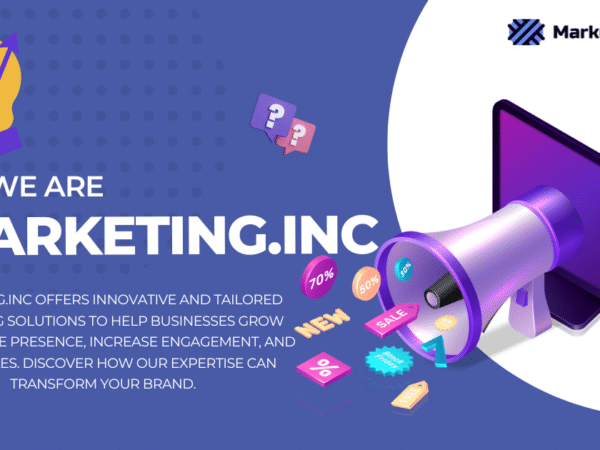The MVP (Minimum Viable Product) and Prototype are valuable concepts in the product development process, but they serve different purposes and are used at different stages.
Let’s explore the difference between the two and discuss when to choose each.
Table of contents
- Overview of the MVP vs. Prototype Debate
- Comparing MVP vs. Prototype – Which Should You Choose for Your Project
- Defining MVP
- Defining Prototype
- Summary
Overview of the MVP vs. Prototype Debate
The debate over MVPs (Minimum Viable Products) versus prototypes has been raging in the tech world for years. While both approaches involve creating a product with a limited set of features, there are some critical differences between the two. MVPs are designed to test an idea in the marketplace and gauge customer interest, whereas prototypes focus more on the development process and testing out specific design elements. Ultimately, a company’s approach will depend on its goals and how far along they are in the development process. Regardless of which approach is chosen, both MVPs and prototypes can be valuable tools for refining ideas and bringing innovative products to market.
Comparing MVP vs. Prototype – Which Should You Choose for Your Project
When starting a new project, knowing where to begin can be overwhelming and challenging. One of the most significant decisions you will face is deciding between an MVP and a prototype. Both options have their benefits and drawbacks, and ultimately, the choice will depend on the goals and
needs of your particular project. An MVP may be the more practical option for projects aiming for quick validation and testing of a core concept. However, a prototype may be the better choice for those focused on refining the user experience and design. Whatever path you choose, weighing the
pros and cons before diving headfirst is essential.
Defining MVP
An MVP is a functional product that includes only the core features necessary to meet the initial needs of early adopters or target customers. The primary goal of an MVP is to validate your product idea, gather user feedback, and learn from their interactions. By launching an MVP, you can test your assumptions, iterate on your product, and make data-driven decisions for further development.
Key characteristics of an MVP:
- Focuses on essential features only.
- Provides a complete user experience.
- It aims to gather user feedback and validate assumptions.
- It can be a marketable product with limited functionality.
- It helps in reducing development costs and time.
When to choose an MVP:
- When you have a clear product vision but are still determining its viability in the market.
- When you want to validate assumptions, gather user feedback and iterate based on real-world usage.
- When you want to test your product hypothesis before investing significant resources.
- When you aim to release an early version of your product to gain a competitive advantage.
Defining Prototype
A prototype is an early representation of your product idea that helps you visualize and test its design, functionality, and user experience. Prototypes can take various forms, from simple sketches or wireframes to interactive mock-ups or high-fidelity designs. The primary purpose of a prototype is to communicate and validate ideas, gather stakeholder feedback, and refine the product concept before proceeding with development.
Key characteristics of a prototype:
- Focuses on the visual and functional aspects of the product.
- It may not have complete functionality or real data integration.
- Used to gather feedback and refine the design.
- It can be created quickly and at a relatively low cost.
- Often used in the early stages of product development.
When to choose a prototype:
- When you want to visualize and test different design ideas and user interactions.
- When you must communicate and align with stakeholders, including investors or team members.
- When you want to conduct user testing and gather feedback on the product’s usability.
- When you need to refine the product concept before moving into development.
In summary, the main difference between an MVP and a prototype lies in their purpose and stage of development. An MVP is a functional product with essential features used to validate assumptions and gather user feedback. On the other hand, a prototype is an early representation of the product used to visualize and test design ideas and gather stakeholder feedback. Both are valuable tools, and the choice depends on your specific goals and the stage of your product development process. The MVP vs. prototype debate is a complex one, and there are pros and cons to both approaches. An MVP is fundamentally focused on testing an idea quickly and cheaply with minimal resources available, while a prototype provides a much more complete product with a greater level of fidelity, though often at the cost of additional time and capital investment. The ideal solution will depend largely on your own objectives, goals, and timeline. Ultimately there are no wrong answers here; as long as you take the time to carefully weigh your options, you’ll be sure to make the right choice for your project. Good luck!








